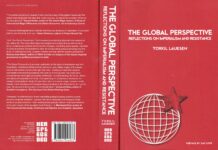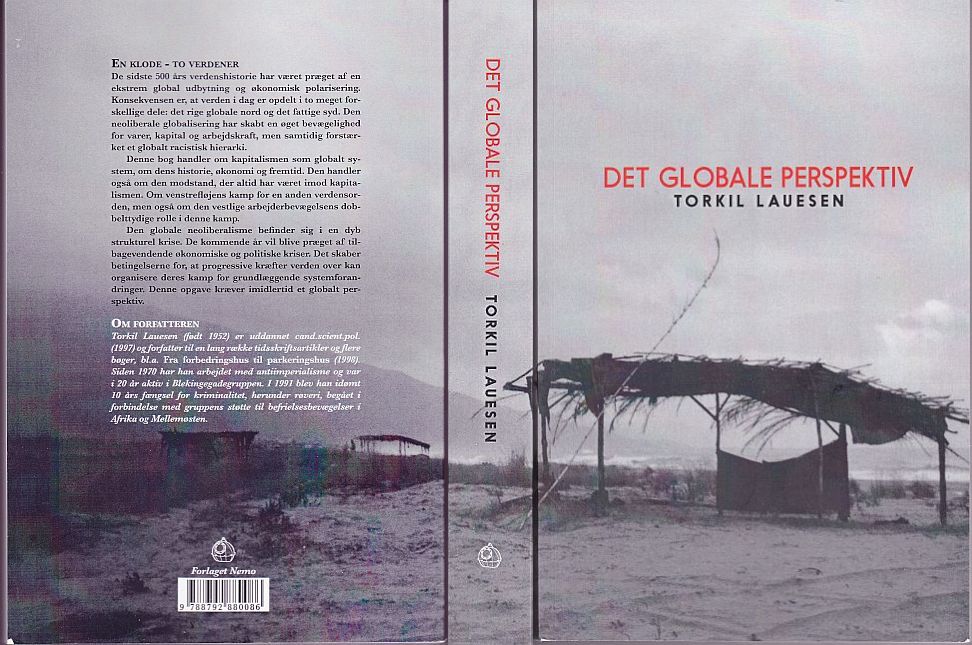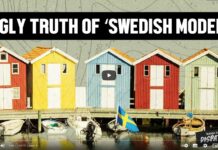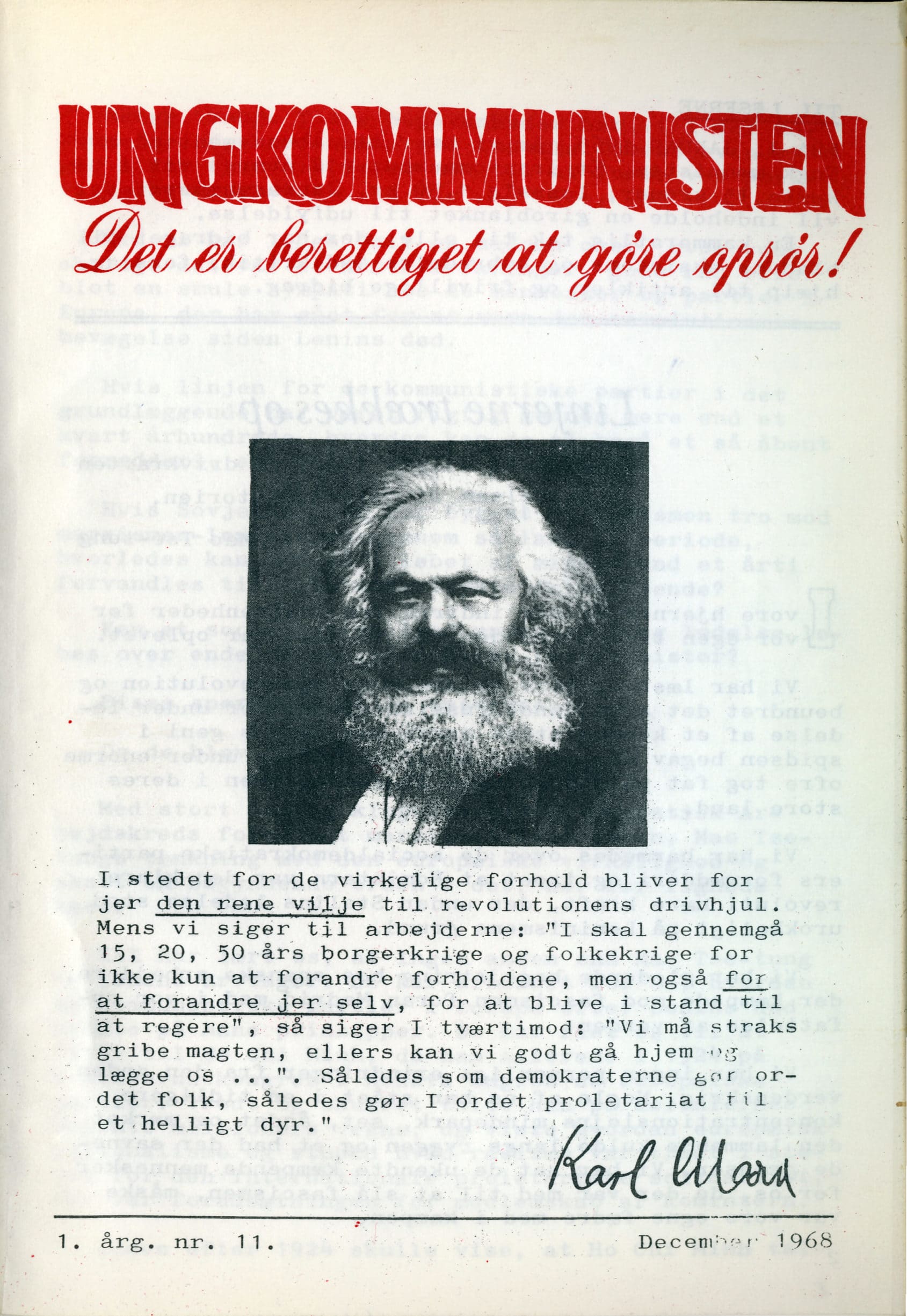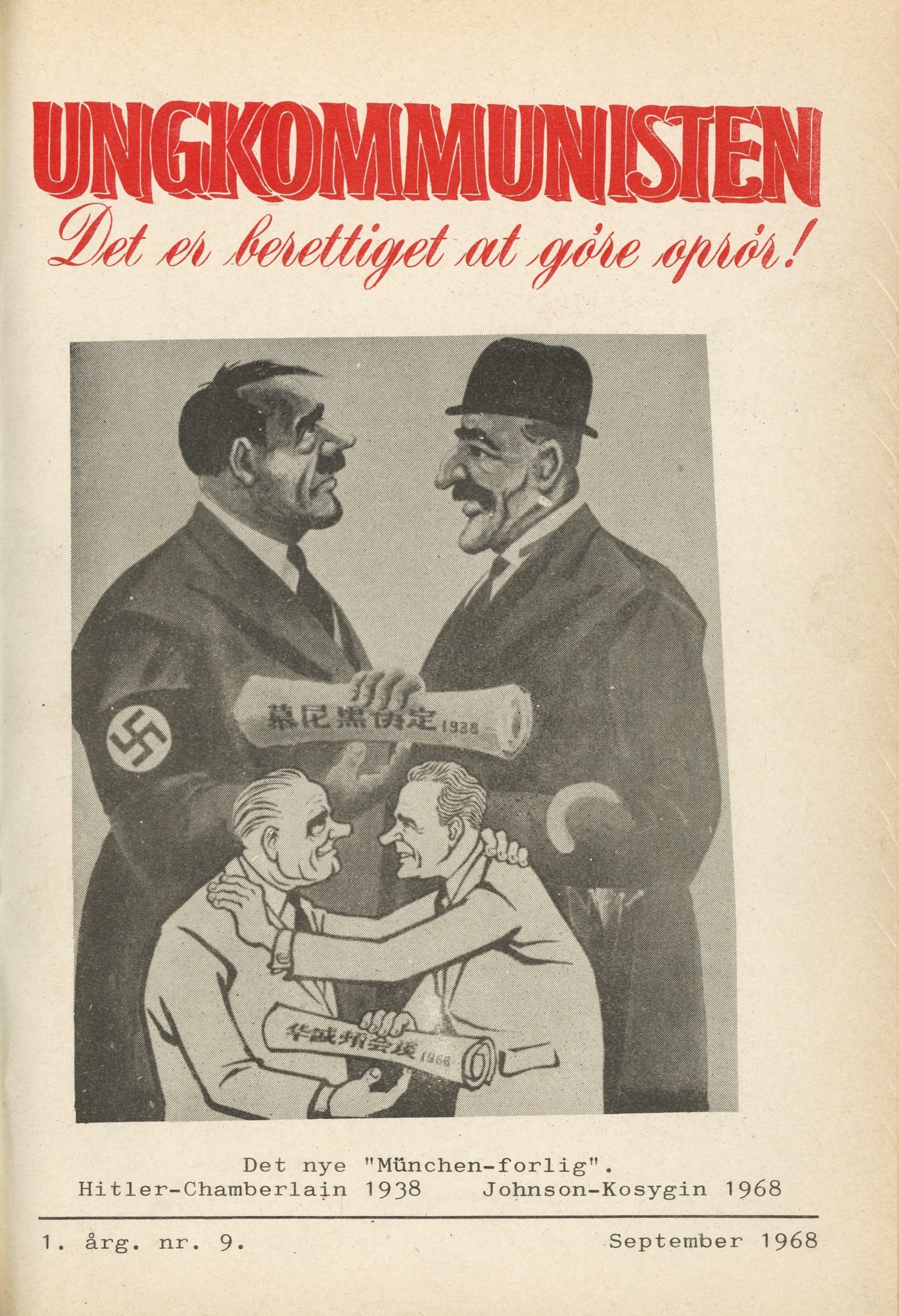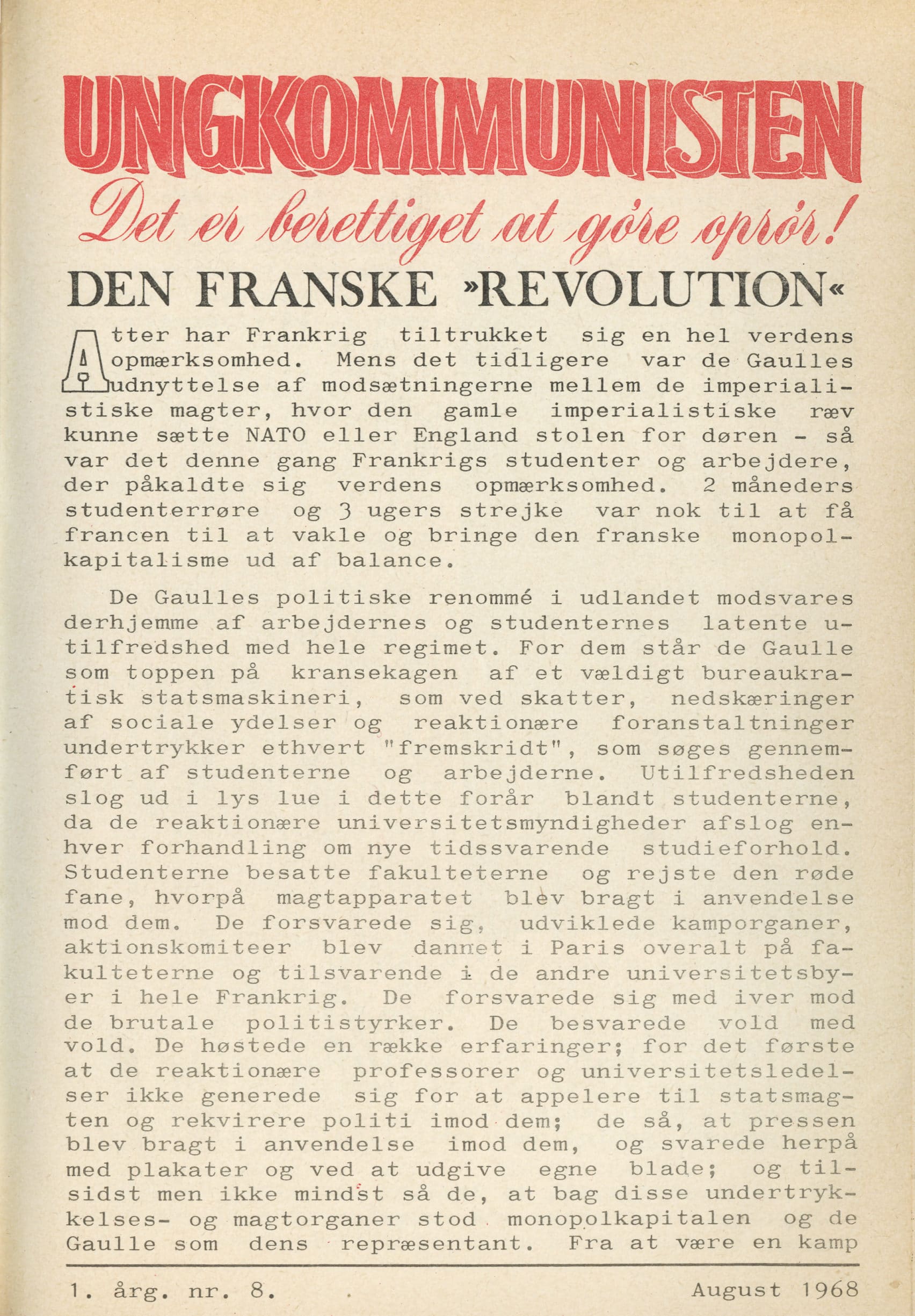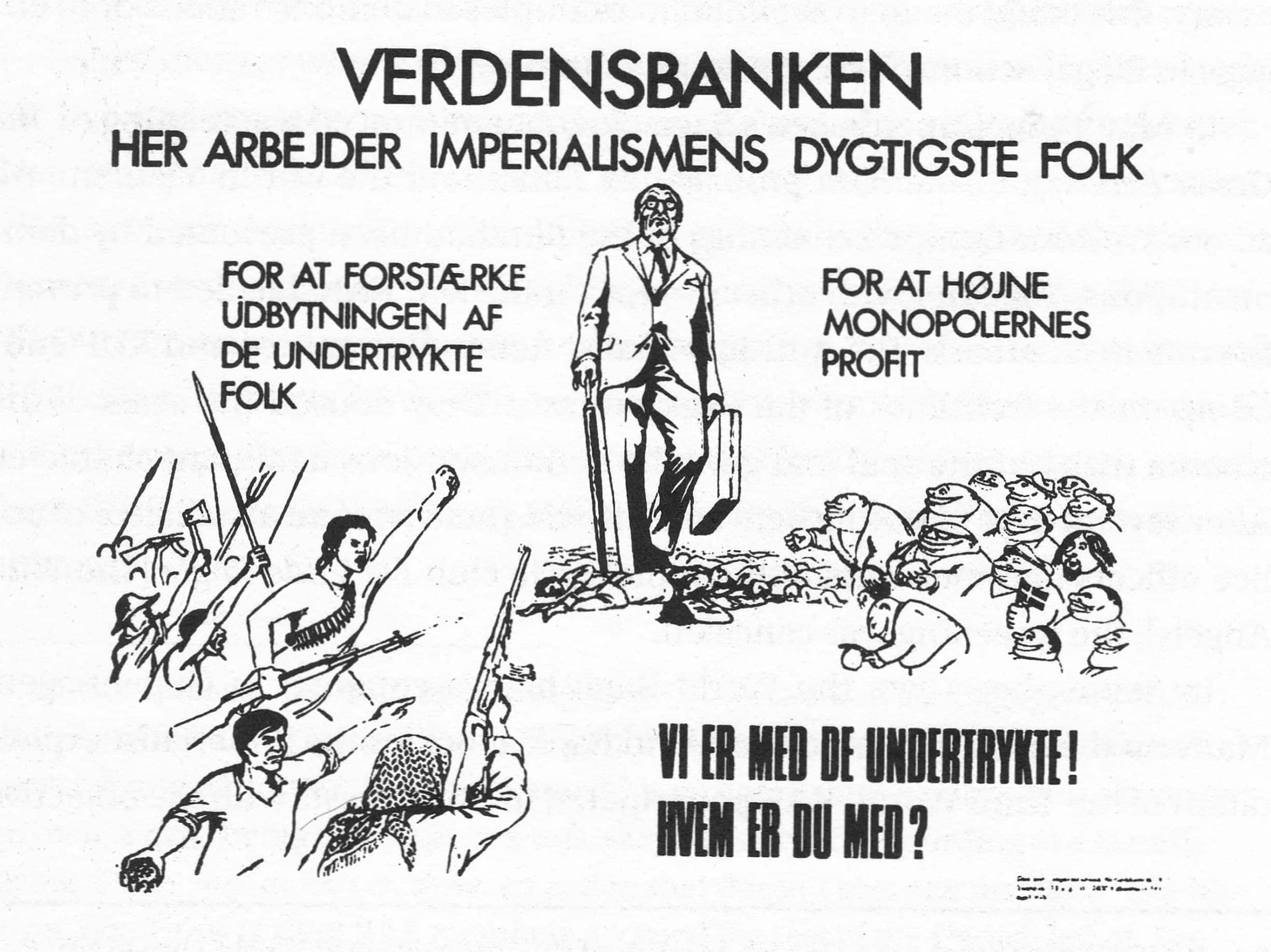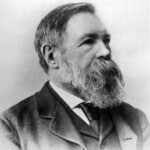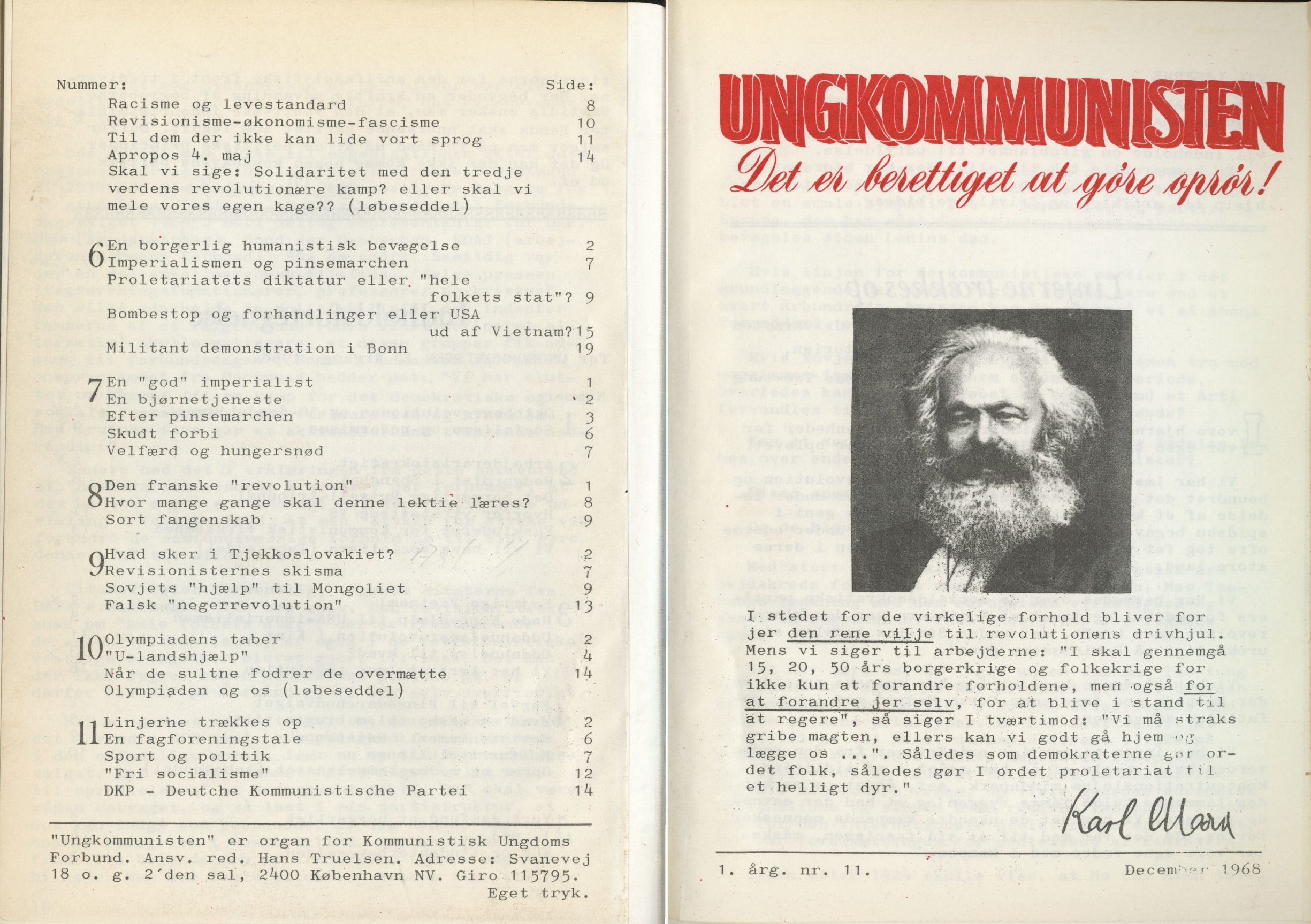About the text:
From: On Colonies, Industrial Monopoly and Working Class Movement, Futura, 1972, 57 p., p. 21-23.
Full test
During our tour in Ireland we came from Dublin to Galway on the west coast, then twenty miles north inland, then to Limerick, down the Shannon to Tarbert, Tralee, Killarney and back to Dublin – a total of about 450 to 500 English miles inside the country itself, so that we have seen about two-thirds of the whole of it. With the exception of Dublin, which bears the same relation to London as Düsseldorf does to Berlin and has quite the character of a small one-time capital, all English-built, too, the look of the entire country, and especially of the towns, is as if one were in France or Northern Italy. Gendarmes, priests, lawyers, bureaucrats, country squires in pleasing profusion and a total absence of any industry at all, so that it would be difficult to understand what all these parasitic growths live on if the distress of the peasants did not supply the other half of the picture. “Strong measures” are visible in every corner of the country, the government Meddles with everything, of so-called self-government there is not a trace. Ireland may be regarded as the first English colony and as one which because of its proximity is still governed exactly in the old way, and one can already notice here that the so-called liberty of English citizens is based on the oppression of the colonies. I have never seen so many gendarmes in any country, and the sodden look of the bibulous Prussian gendarme is developed to its highest perfection here among the constabulary, who are armed with carbines, bayonets and handcuffs.
Characteristic of this country are its ruins, the oldest dating from the fifth and sixth centuries, the latest from the nineteenth – with every intervening period. The most ancient are all churches; after 1100, churches and castles; after 1800, houses of peasants. The whole of the west, especially in the neighbourhood of Galway, is covered with ruined peasant houses, most of which have only been deserted since 1846. I never thought that famine could have such tangible reality. Whole villages are devastated, and there among them lie the splendid parks of the lesser landlords, who are almost the only people still living there, mostly lawyers.
Famine, emigration and clearances together have accomplished this. There are not even cattle to be seen in the fields. The land is an utter desert which nobody wants. In County Clare, south of Galway, it is somewhat better. Here there are at least cattle, and the hills towards Limerick are excellently cultivated, mostly by Scottish farmers, the ruins have been cleared away and the country has a bourgeois appearance. In the South-West there are a lot of mountains and bogs but there is also wonderfully luxuriant forest land; beyond that again fine pastures, especially in Tipperary, and towards Dublin there is land which, one can see, is gradually coming into the hands of big farmers.
The country was completely ruined by the English wars of conquest from 1100 to 1850 (for in reality both the wars and the state of siege lasted as long as that). It has been established as a fact that most of the ruins were produced by destruction during the wars. The people itself has got its peculiar character from this, and for all their national Irish fanaticism the fellows feel that they are no longer at home in their own country. Ireland for the Saxon! That is now being realized. The Irishman knows that he cannot compete with the Englishman, who comes equipped with means superior in every respect; emigration will go on until the predominantly, indeed almost exclusively, Celtic character of the population is gone to the dogs. How often have the Irish started out to achieve something, and every time they have been crushed, politically and industrially. By consistent oppression they have been artificially converted into an utterly impoverished nation and now, as everyone knows fulfil the function of supplying England, America, Australia, etc., with prostitutes, casual labourers, pimps, pickpockets, swindlers, beggars and other rabble. Impoverishment characterizes the aristocracy too. The landowners, who everywhere else have become bourgeoisified, are here reduced to complete poverty. Their country-seats are surrounded by enormous, amazingly beautiful parks, but all around is waste land, and where the money is to come from it is impossible to see. These fellows are droll enough to make your sides burst with laughing. Of mixed blood, mostly tall, strong, handsome chaps, they all wear enormous moustaches under colossal Roman noses, give themselves the false military airs of retired colonels, travel around the country after all sorts of pleasures, and if one makes an inquiry, they haven’t a penny, are laden with debts, and live in dread of the Encumbered Estates Court.
Concerning the ways and means by which England rules this country – repression and corruption – long before Bonaparte attempted this, I shall write shortly if you won’t come over soon.
—–
MEOC p. 318-320.
MEOB p. 535-536.
The complete text can be found online at History Is A Weapon.



